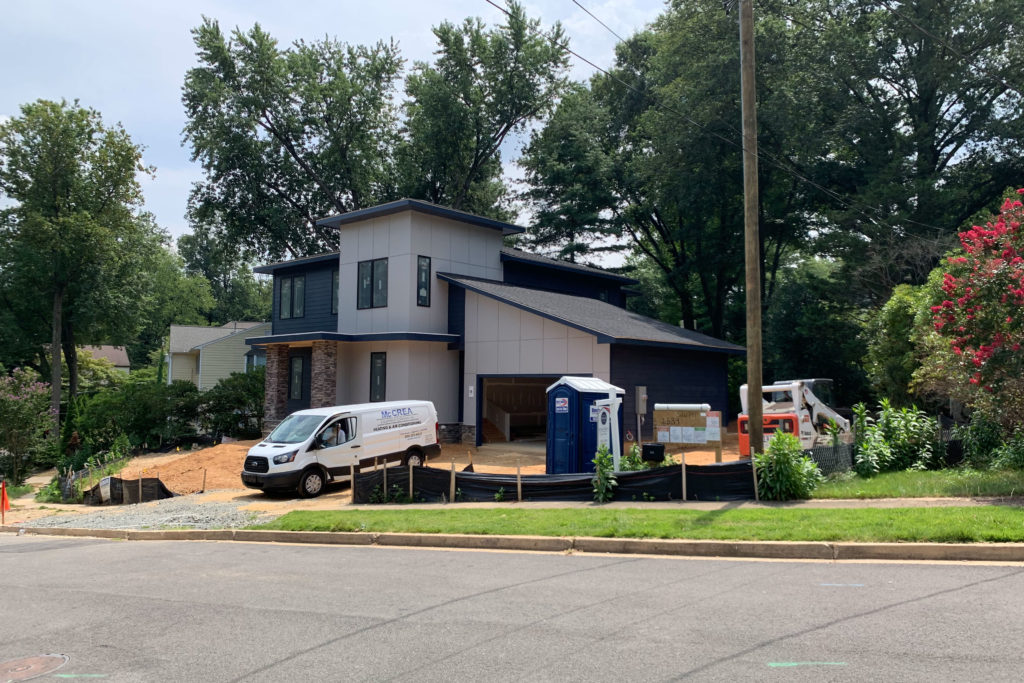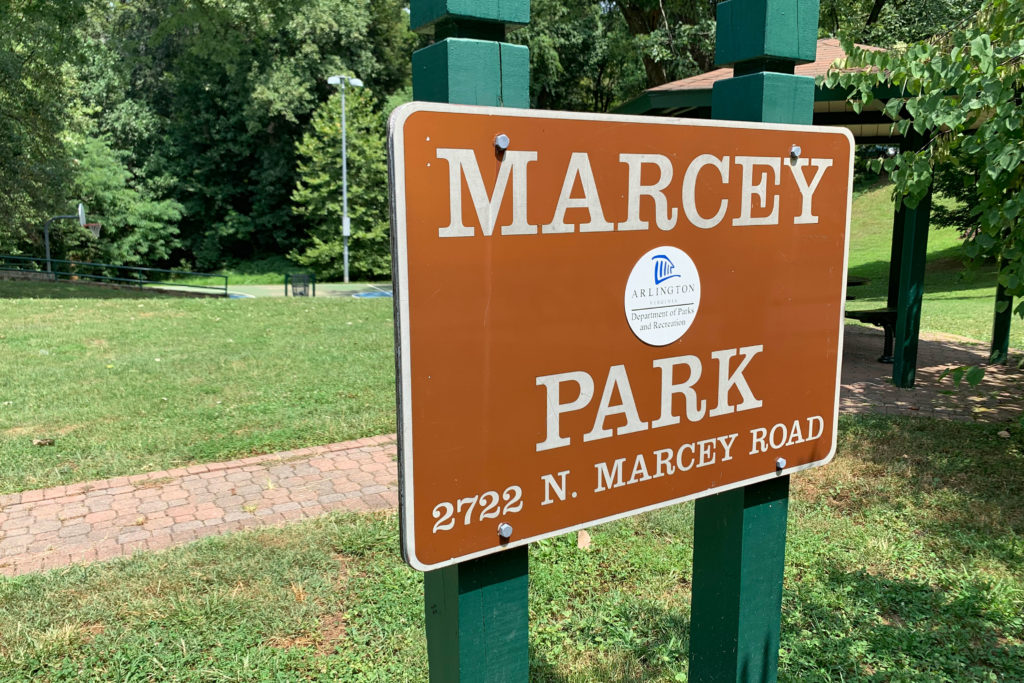Once upon a time, there was a community in Arlington called Marceytown. In that quiet village of Marceytown, at the outbreak of the Civil War, someone allegedly buried some treasure.
There is little in Arlington today that marks the vast swaths of land owned by the Marcey family — collectively called Marceytown — except Marcey Road and Marcey Park in North Arlington. But the Marcey family was one of the early settlers in the area, tilling the land near the Potomac River towards the end of the 18th century and the beginning of the 19th.
In Calvin Marcey’s history of the family from 1986, he noted that many of the lands they farmed and worked on were owned by the more famous George Mason family. The Marcey family also married into the prominent Ball family — they for whom Ballston is named — from central Arlington. One daughter, Catherine married Horatio Ball in 1815, and her younger sister, Elizabeth, married Horatio when the elder sister died.
But you’re here for the story about the buried treasure.
The primary source for the story about the treasure is local historian Eleanor Lee Templeman’s 1959 book Arlington Heritage. In the book, Templeman said the story was told to her by a woman whose father-in-law, James Marcey Jr., was living in Marceytown during the Civil War.
A frightened Union soldier begged him to keep, until the cessation of hostilities, a large sum of money which he was carrying on his person. He feared that other soldiers would take it from him. Mr. Marcey refused the responsibility of either keeping it or of knowing its exact hiding place, but loaned the man a pick to bury it nearby. He never returned to retrieve it.
Templeman said there were no records afterward of the treasure being recovered.
Local historian Jessica Kaplan, who lives across from the rumored treasure house, said the family was impoverished by the Civil War and received little compensation from the government for the damage caused to their lands by military encampments and defenses.
The family survived by subdividing and selling off swathes of their land, turning more and more of Marceytown into neighborhoods and subdivisions. Eventually, the Marceys were unable to afford to live on the land they once owned, and the family largely moved to the outer suburbs or dispersed across the country.
In 1983, even the family log cabin — built in 1843 — was moved log-by-log out to Vienna by a wealthy lawyer after the land it sat on in Arlington was sold.
Today, the cul-de-sac where James Marcey Jr. lived is a suburban residential street. A new house is currently under construction near where the treasure was allegedly buried. ARLnow reached out to the developer but did not receive an answer on whether or not any Civil War treasure was found.
Kaplan said the story of the buried treasure is likely a folk legend, noting that Templeman’s histories somewhat notoriously litter “buried treasure” throughout the area.
“I highly doubt [it’s true],” Kaplan said. “I think it was a little folk legend to get people interested, but who knows?”
Kaplan said there are several Marcey and unmarked Civil War graves nearby, so if there were buried treasure on a Marcey property, the location in Templeman’s notes at least matches a feasible vicinity.
“It’s a total myth,” Kaplan said. “It would be fun to find, but I wouldn’t spend any free time looking for it.”
But then again, isn’t that what a rival treasure hunter would want you to think?



